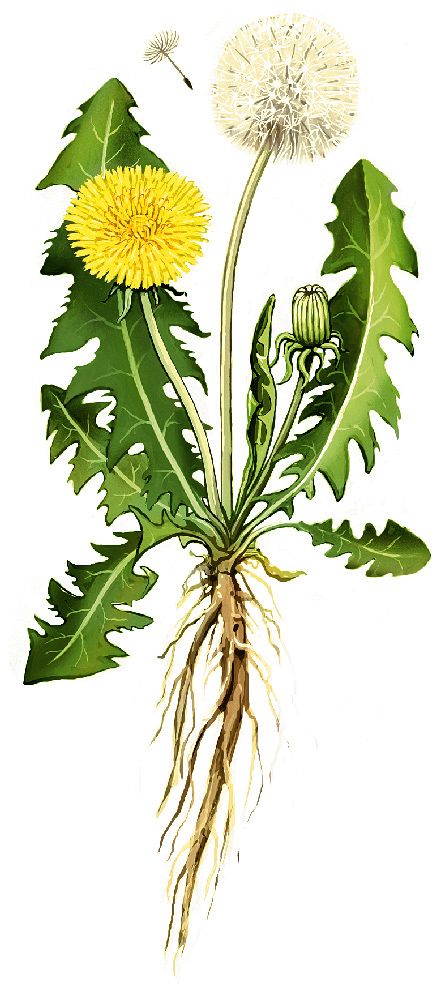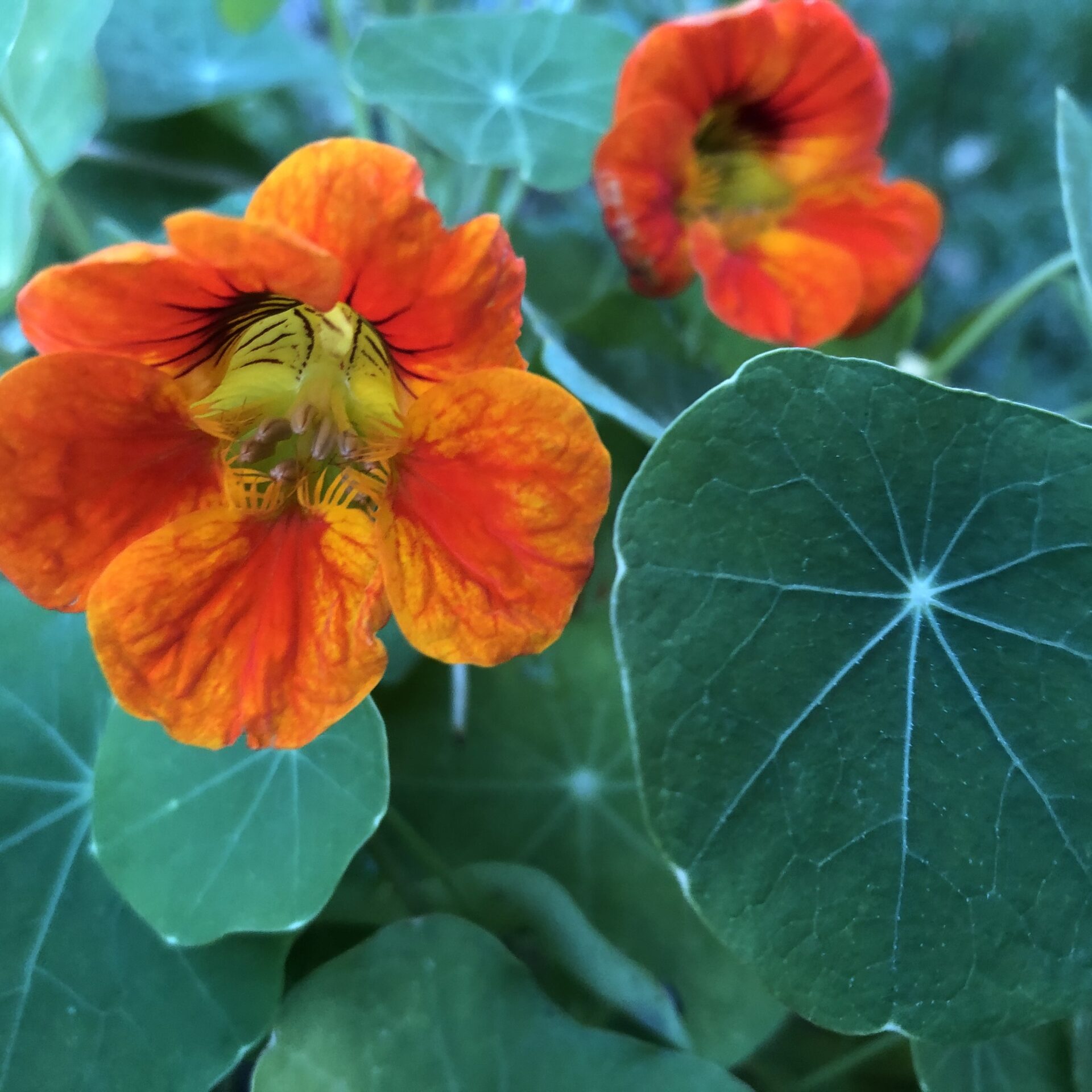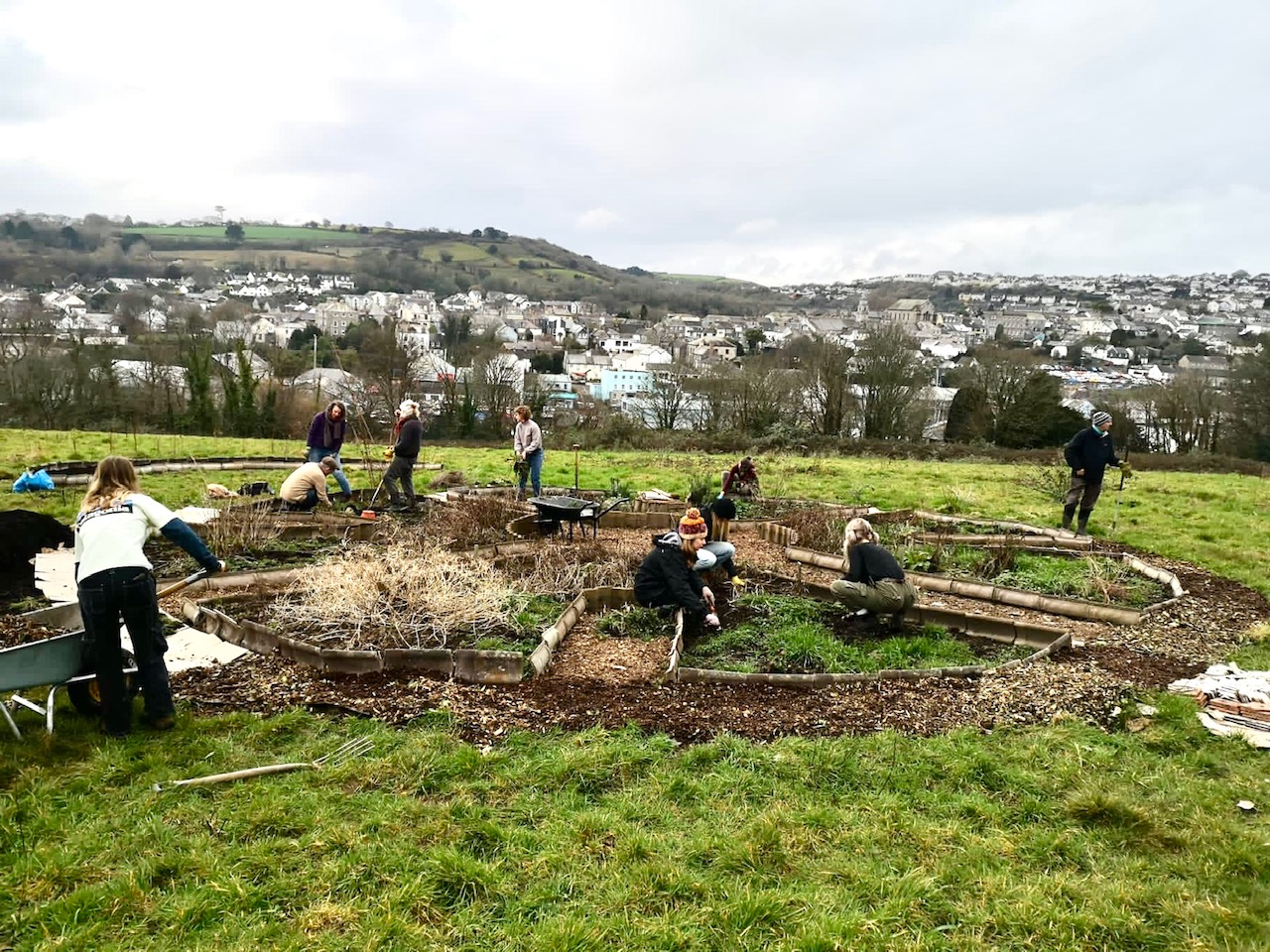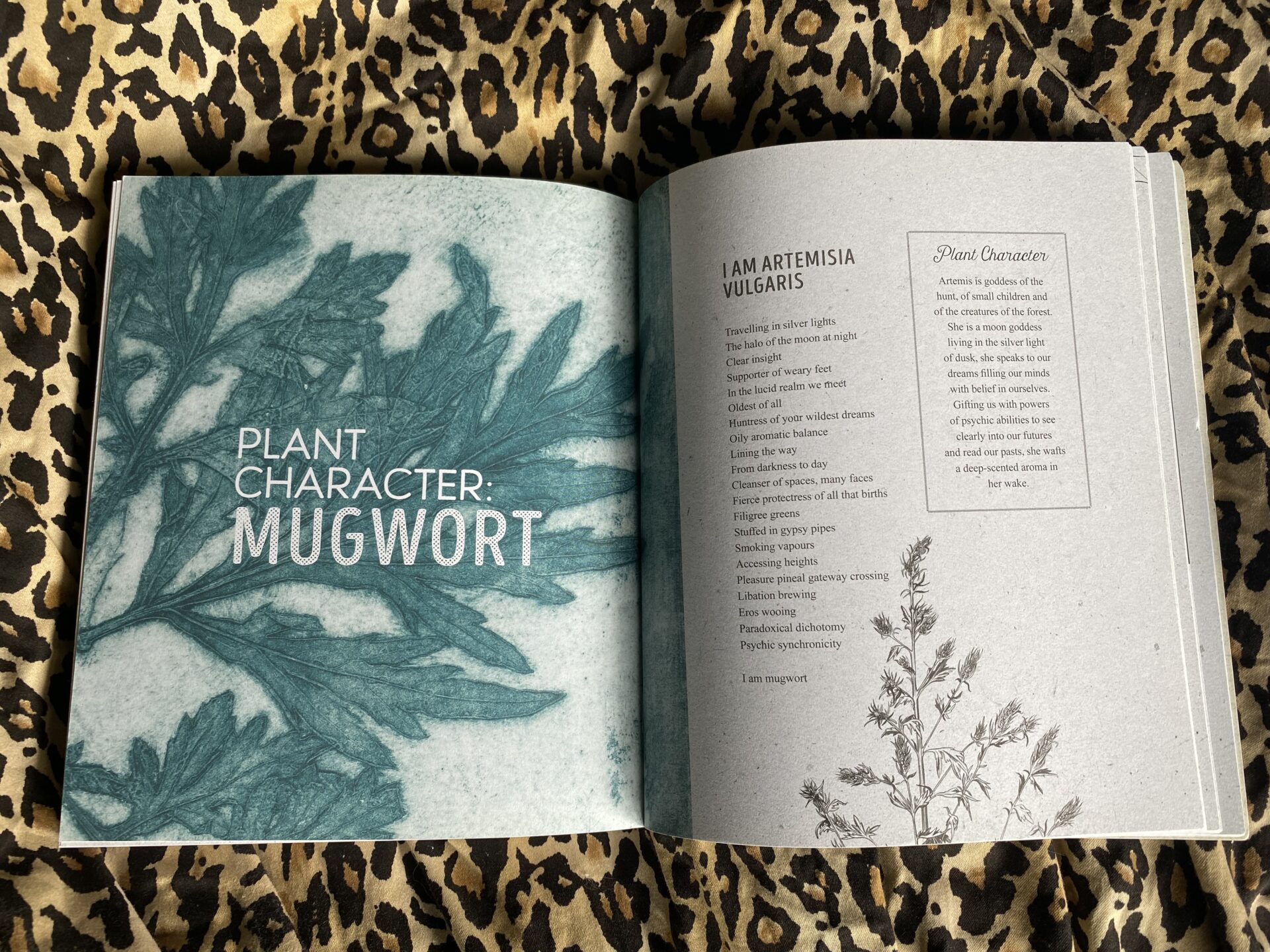
Kitt Acott the Towpath Herbalist. Travelling on a narrowboat around the English Inland waterways, herbalist, roving canal trader.
I have been a qualified medical herbalist for 22 years and a herbalist for 30.
I was a country child and grew up familiar with the wild flowers and plants around my home.
The daughter of beatniks, (a novelist and a civil engineer), I grew up in a commune and was brought up within the principles of peace, cooperation and sustainability.
Only ever gardening and farming organically I learnt Permaculture principles in the early 80s.
I left home and became what was dubbed as a New Age Traveller. It was on the road I first began using herbal remedies, learning from other women, reading books and using plants. We learnt fast and I quickly realised how efficacious plants were.
I came off the road and put my energy into growing and learning herbs and in 1991 I began my training at the College of Phytotherapy.
I taught for the College of Phytotherapy and worked as a clinic supervisor in Edinburgh.I have guest lectured at Napier University, UCLAN and Lincoln College.
I worked in Festival First Aid for many years, working at Green Gathering, Glastonbury and many others that have come and gone.
Currently I teach postgraduate CPD independently, exploring issues beyond that taught on the syllabus and still regularly teaching paediatrics. Over the years I have moved towards a more traditional style of practice, using the plants that grow in the hedgerow.
Kit Acott was already an experienced herbalist when us Seed Sistas arrived tin the scene. She has taught and inspired countless herbalists over the years and we are thrilled to host her brilliant ‘herb focus’ pieces. This month, she inspires working with dandelion medicine…
We gently travel the inland waterways of England, moving a few miles to a new place every few days aboard our little boat Gyptian.
I watch the minutiae of the seasons as we gently float past the towpaths and hedgerows. Each morning I rise early and walk along the towpath. Across the seasons I observe my plant allies from their awakening of seed leaves or new foliage, through flowering and on towards seeding, all visible to the naked eye and very easy to tune in to. Sitting a while with the plant, or lying next to it upon the earth leads me quickly below the surface.
I smell the fragrant soil, rich, loamy full of musty promise and feel the root moving through the soil, gripping, anchoring the plants in one place, holding steady within the nurturing elements.
The roots of a plant both anchor and nurture and so is their action upon the body. There is no more blatant example of this than the dandelion. The dandelion is a bold plant, outspoken, extravagant, firm and determined in its actions. We are familiar with that brassy flower trumpeting its arrival on the verges and towpaths in spring.
We see her leaves grow from a fine salad leaf, that makes a bright addition to a spring salad, into a tough leathery bitter green too harsh for a sandwich, but what is happening down below the surface, what do we find if we dig our fingers into the loam?
The dandelion has tap roots, thick fingers that hold firm in the soil, plunging deep and drawing up nutrients.
The thick brown fibrous roots branch a little but are basically a tap root.
I like to harvest them in autumn. I harvest as the moon is waning, lifting them as gently as I can, though, for those with gardens, perhaps they may be harvested during autumn digging, or nurtured with welcome in a no dig bed.
I wash it thoroughly and cut in rounds to dry out on a tray hung by the chimney of the stove
And then I’ll use them.
The root of the dandelion is recognised as a great support for the liver. I use it as a tonic herb, included in many prescriptions. I prefer to decoction it.
Its bitter action is rounded and gentle, less aromatic and much more earthy than the artemisias.
Dandelion root is useful for encouraging gut function, and gently stimulating a sturdy peristalsis. It’s gentle action makes it ideal for treating the elderly and the very young. It is an essential herb in the treatment of infant colic, alongside chamomile and fennel.
I am a big fan of tonic, I like a good general medicine used on a regular basis to encourage convalescence, manage stress, or improve immunity. I cannot think of an instance where I’d avoid dandelion root in these circumstances for an otherwise healthy person.
The bitter principle (taraxacin) stimulates liver function. Thus, by holistic action, dandelion root acts as a hormonal regulator and is my primary herb for working with menstrual and fertility problems in the early stages of treatment.
Dandelion is a primary herb in my dispensary. It is common, hardy, versatile and powerful. It is well worth getting to know.
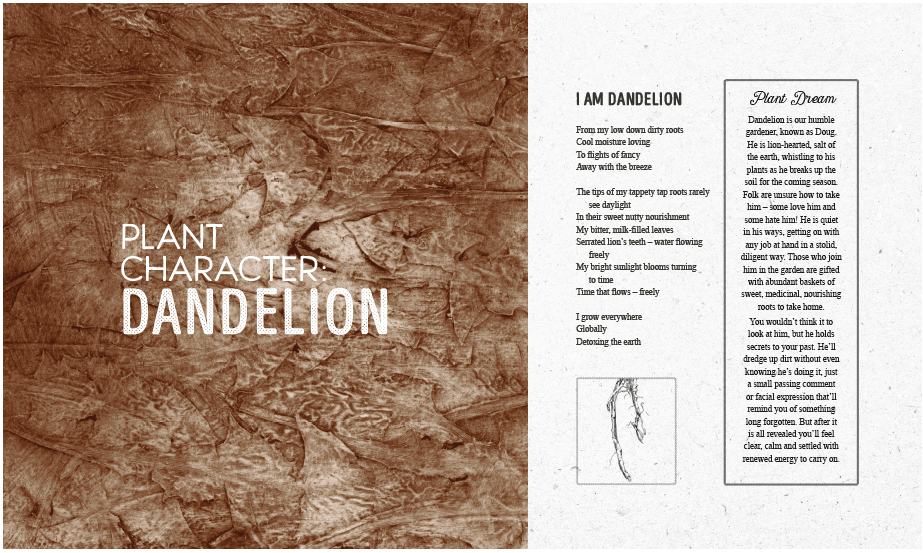
Sensory Herbal Handbook by the Seed Sistas, illustrated by Belle Benfield

